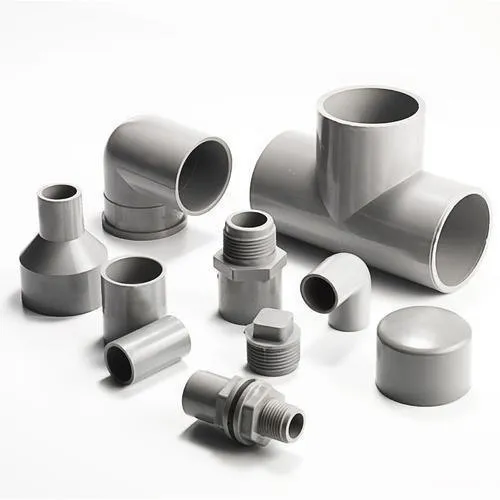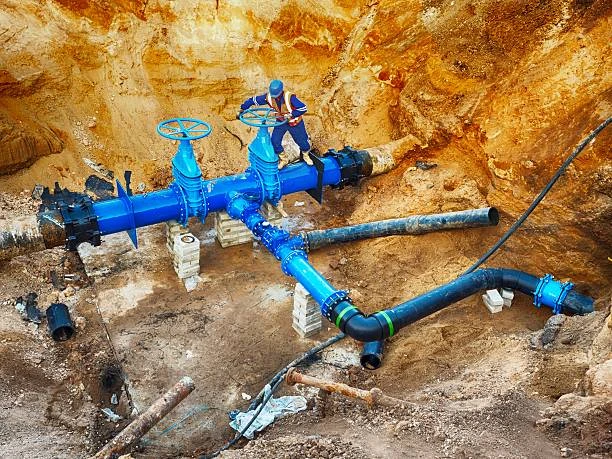As global demand for copper pipe and fittings continues to rise, understanding the best import markets for these essential materials is crucial for manufacturers, suppliers, and investors. Copper pipe and fittings play a vital role in various industries, particularly in plumbing and HVAC systems. This article will delve into the world’s top import markets for copper pipe and fittings, examining the factors driving demand and the implications for the industry.
Understanding the Importance of Copper Pipe and Fittings
Copper pipe fittings are widely recognized for their durability, corrosion resistance, and reliability. These attributes make them a preferred choice in plumbing systems, heating applications, and refrigeration. The global market for copper pipes and fittings is influenced by numerous factors, including construction growth, technological advancements, and increasing awareness of sustainable building practices.
Key Factors Driving Demand for Copper Pipe and Fittings
- Infrastructure Development
Many countries are investing heavily in infrastructure projects, including water supply systems, sewage treatment facilities, and building constructions. This investment directly increases the demand for copper pipes and fittings, essential for effective fluid transport. - Residential and Commercial Construction
The growing construction sector, particularly in emerging markets, fuels the demand for copper fittings. As urbanization increases, so does the need for reliable plumbing systems, further driving the market. - Energy Efficiency and Sustainability
With a global push towards energy-efficient solutions, copper’s thermal conductivity makes it an ideal choice for HVAC systems. Its recyclability also appeals to environmentally conscious consumers and businesses. - Regulatory Standards
Stricter regulations regarding building materials encourage the use of high-quality, compliant products. Copper fittings, known for their reliability, often meet these regulations more easily than alternatives. - Technological Innovations
Advances in manufacturing technology are producing more efficient and innovative copper fittings. These improvements enhance performance and reduce costs, making copper a more attractive option for builders.

Top Import Markets for Copper Pipe and Fittings
1. United States
The United States remains one of the largest import markets for copper pipe and fittings. The country’s booming construction industry and ongoing infrastructure projects drive demand. Additionally, U.S. regulations encourage the use of high-quality materials, further boosting imports.
2. China
China has rapidly become a significant player in the copper fittings market. With extensive urbanization and a growing middle class, the demand for copper pipes and fittings in residential and commercial construction is substantial. China also imports copper to support its manufacturing sector.
3. Germany
As Europe’s largest economy, Germany has a robust demand for copper pipe and fittings. The country’s focus on sustainable building practices and energy efficiency aligns well with copper’s properties, making it a top choice for construction projects.
4. India
India is experiencing rapid urbanization and infrastructure development, creating a burgeoning market for copper fittings. The government’s initiatives to improve water supply and sanitation also contribute to increasing imports of copper pipes and fittings.
5. Brazil
Brazil’s growing construction sector and investments in infrastructure projects have positioned it as a notable import market for copper fittings. The country’s focus on improving its water and sewage systems is particularly influential in driving demand.
6. Japan
Japan’s high standards for building materials and its emphasis on energy efficiency make it a prime market for copper pipe and fittings. The country’s aging infrastructure requires modernization, further increasing the need for reliable piping solutions.
Challenges Facing the Copper Pipe and Fitting Market
While the prospects for copper pipes and fittings are promising, the industry also faces several challenges:
- Price Volatility: Copper prices can fluctuate significantly, impacting costs for manufacturers and consumers.
- Competition from Alternatives: Materials like PEX and PVC are increasingly popular due to their lower costs and ease of installation.
- Supply Chain Disruptions: Global supply chain issues can affect the availability of copper and impact import markets.
Future Outlook for Copper Pipe and Fittings
The future of the copper pipe and fitting market appears bright, driven by increasing urbanization, infrastructure projects, and a focus on sustainability. Manufacturers that prioritize innovation and adapt to market demands are likely to thrive in this competitive landscape.
Conclusion
Understanding the world’s best import markets for copper pipes and fittings is essential for stakeholders looking to navigate the evolving landscape of the construction and plumbing industries. With strong demand and a push for high-quality materials, copper fittings remain a crucial component in modern building practices.
Frequently Asked Questions (FAQs)
- What are the main uses of copper pipe fittings?
Copper pipe fittings are primarily used in plumbing systems, HVAC applications, and refrigeration. - Why is copper preferred over other materials for piping?
Copper is preferred due to its durability, corrosion resistance, and excellent thermal conductivity. - How do regulatory standards impact copper fittings?
Regulatory standards ensure that copper fittings meet safety and quality benchmarks, driving their demand in construction. - What are the benefits of using copper in construction?
Benefits include energy efficiency, recyclability, and long-lasting performance, making it an environmentally friendly option. - What challenges does the copper pipe fitting market face?
The market faces challenges such as price volatility, competition from alternative materials, and potential supply chain disruptions.


















